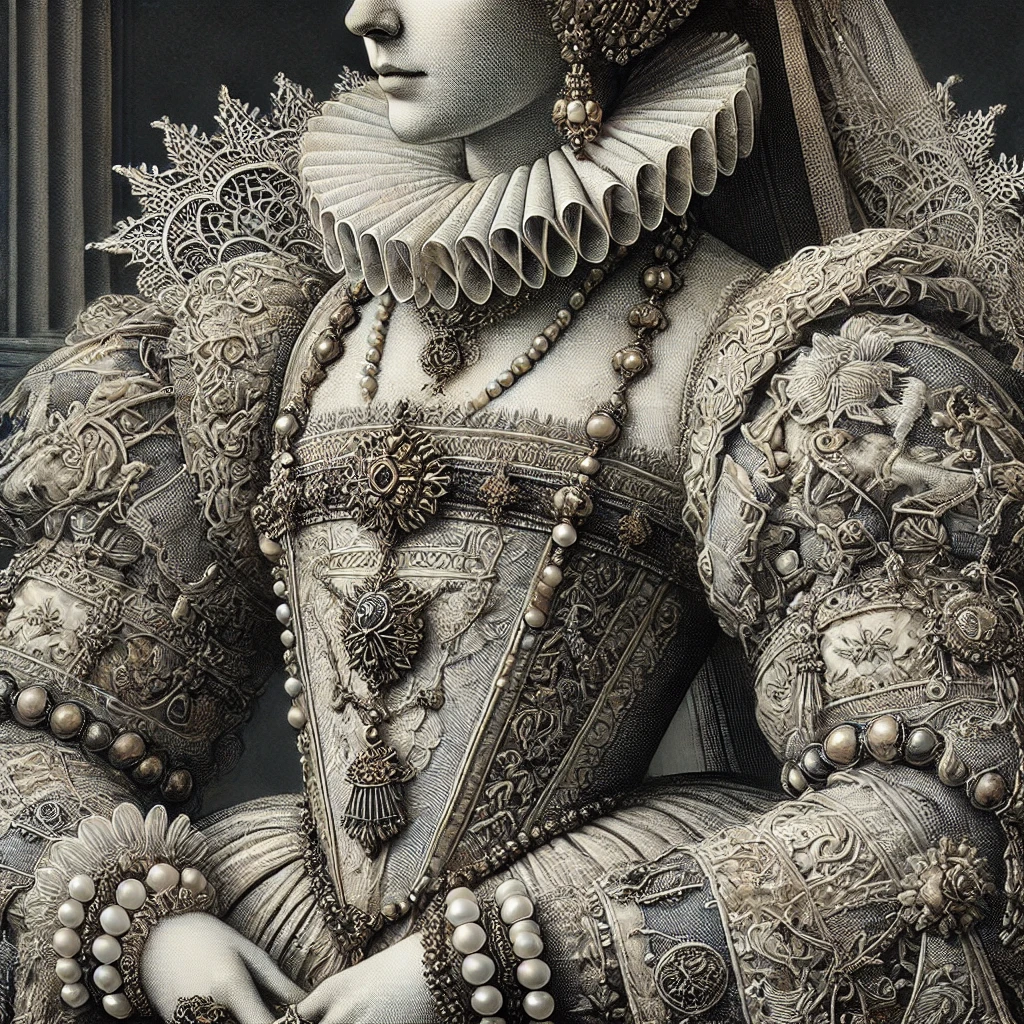English Art Overview:
Medieval to Renaissance Art (12th to 16th century):
- Early English art was heavily influenced by religious themes, with illuminated manuscripts and Gothic architecture like Canterbury Cathedral and Westminster Abbey showcasing intricate designs, stained glass, and religious symbolism.
- During the Renaissance, English artists were influenced by Italian and Flemish painters. Hans Holbein the Younger, although German, is notable for his portraits of Henry VIII and other members of the English court, reflecting the growing interest in humanism and realism.
18th Century to Romanticism:
- Landscape painting flourished, with artists like Thomas Gainsborough and John Constable capturing the natural beauty of the English countryside. Gainsborough’s “The Blue Boy” is a famous portrait combining elegance and a love for nature.
- The Romantic period (late 18th to early 19th century) saw artists like J.M.W. Turner revolutionizing landscape art with expressive use of light, color, and atmosphere, often depicting dramatic skies and turbulent seas.

19th Century to Pre-Raphaelite Movement:
- The Pre-Raphaelites (founded in 1848) rejected industrialization and sought to revive the detail, color, and complexity of early Renaissance art. Artists like Dante Gabriel Rossetti and John Everett Millais painted idealized medieval themes, mythology, and literary subjects with exquisite detail and rich symbolism.
Modern and Contemporary English Art:
- The 20th century brought modernism with artists like Francis Bacon and Lucian Freud, who explored human psychology and emotion in often raw, unsettling ways. Bacon’s distorted figures and Freud’s intense portraits have left a lasting legacy on the art world.
- Contemporary English art is diverse, with notable figures like Damien Hirst, who creates provocative works using unusual materials like dead animals and pharmaceutical items, challenging traditional notions of art.
For the accompanying image, imagine a beautiful and informative picture featuring a timeline of English art:
- Left to Right Visual Progression: The left side shows an illuminated manuscript from medieval England, followed by Renaissance-style portraits, the sweeping landscapes of the 18th century, and Pre-Raphaelite romantic figures. Further to the right, abstract and modern art is represented with distorted human forms and installations.
I’ll generate a visual representation based on this description.

Here is the visual timeline of English art history, showcasing its evolution from medieval times to contemporary art. This image represents key art movements and styles, giving you an informative and aesthetic overview. Let me know if you’d like any adjustments or more details!
Yüzyıl su kaçak tespiti İşlerinde Usta: Gerçekten işlerinde ustalar. Teşekkür ederiz. http://dzpromo.net/author/kacak/